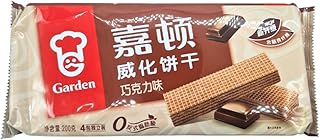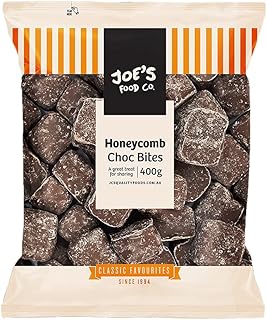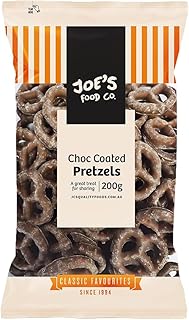For generations, Norwegians have cherished a controversial sweet known as Kvikk Lunsj, hailed as ‘the trip chocolate’ and an essential companion for outdoor adventures in Norway’s stunning landscapes. The history of this beloved chocolate bar dates back to 1937, when inventor Johan Throne Holst sought to create the perfect crunchy, chocolatey snack inspired by a failed hike experience. Initially a dark chocolate version, Kvikk Lunsj quickly transitioned to milk chocolate, capturing the hearts of Norwegians seeking sustenance during their outdoor pursuits.
With a production rate of approximately 60 million bars annually, Kvikk Lunsj has become a national symbol, deeply rooted in Norway’s heritage. The wafer’s association with exploration, nature, and leisure activities has made it a staple for both young and old, with each bar offering a creamy and satisfying taste that sets it apart from international counterparts. Kvikk Lunsj’s iconic red, green, and yellow packaging and distinctive stork-embossed fingers have become synonymous with Norwegian friluftsliv, or open-air living.
Norwegian historian Magnus Helgerud reflects on the cultural significance of Kvikk Lunsj, reminiscing about childhood memories tied to mountain escapades and shared experiences with family and friends. As Norway transitioned from a nation of laborers to one embracing leisure activities in the early 20th century, chocolate and outdoor excursions became intertwined, with Kvikk Lunsj emerging as a key element of this newfound lifestyle. The chocolate bar’s marketing campaigns emphasized health and strength, aligning with Norwegians’ growing interest in outdoor pursuits.
Despite its popularity, Kvikk Lunsj has faced criticism over the years for its resemblance to KitKat bars, sparking debates over its originality. The American multinational company Mondelēz’s ownership of Kvikk Lunsj raised concerns among Norwegians about the brand’s authenticity and ties to Norwegian culture. However, recent legal battles between KitKat’s parent company, Nestlé, and Mondelēz have clarified that Kvikk Lunsj will retain its exclusive rights to sell four-fingered treats in Norway, ensuring its continued presence in the market.
As Norway navigates geopolitical tensions and cultural shifts, Kvikk Lunsj remains a cherished symbol of national identity and outdoor traditions. The chocolate bar’s enduring appeal lies not only in its taste but also in its ability to evoke memories of shared adventures and moments of respite in nature. Whether enjoyed during a mountain hike, a skiing trip, or a leisurely fjord cruise, Kvikk Lunsj serves as a reminder of Norway’s deep connection to its landscapes and the values of friluftsliv that continue to shape its collective identity.
📰 Related Articles
- Global Conservative Fashion: A Symbol of Tradition and Ideology
- ZENPETIO Zero Gravity Chair: Ultimate Outdoor Relaxation Solution
- Youngest UK Pub Pianist Revives Tradition with 4,300 Songs
- Whimsical Outdoor Furniture Trend Infuses Playful Metal Designs
- West Elm’s Summer Sale: Up to 40% Off Outdoor Furniture






